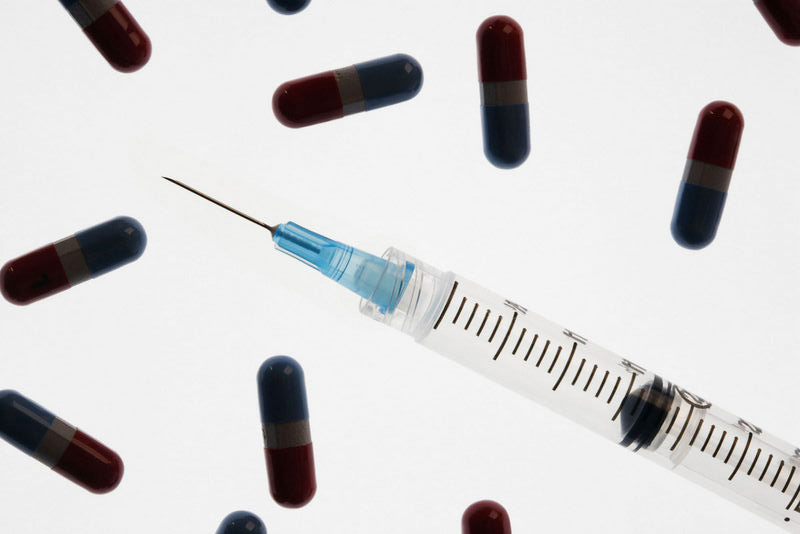
FRIDAY, Oct. 21 (HealthDay News) — Textbooks have long listed the centers of male hormone production as the testes and adrenal glands. But those textbooks might need revising if the results of a new study, showing hormone production in the penis itself, turn out to be true.
The observation stems from analyses in both mice and human tissue, revealing that proteins key to the production of hormones such as testosterone are active in penile tissue.
“We’re talking about the expression of certain enzymes that are absolutely crucial to the production of male hormones,” explained study lead author Dr. Kathleen Hwang, currently an assistant professor of surgery/urology at Brown University in Providence, RI. “And what we’ve established is that there are receptors in penile tissue, which has never been demonstrated before.”
“So while this is still work in its infancy,” Hwang cautioned, “this does suggest that there are other tissues in the male genitalia tract that are actually involved in hormone production.”
Hwang (who conducted her research while a fellow in the department of urology at the Baylor College of Medicine, Houston) was to present the findings this week at the American Society for Reproductive Medicine (ASRM) annual meeting in Orlando, Fla.
The authors note that male hormone production has not exactly been considered a medical riddle. Researchers have long cited the adrenal glands and testes as the twin engines driving androgen (male hormone) production.
But Hwang and her team wondered whether other organs or tissues might be involved.
To find out, they first harvested testes, prostate, penile and adrenal gland tissue from two 3-month old mice, and subjected them to high-tech microscopic analyses.
Later, human prostate and penile tissue samples were also analyzed.
The results: three key proteins known to be involved in androgen production were, as expected, found to be active in both the mouse and human adrenal and testes tissue.
But unexpectedly, the same protein activity was also found in both prostate gland and penile tissue.
“Now, we know that whatever is being produced in these areas is not sufficient to keep a man’s testosterone levels at normal levels,” noted Hwang. “But we think these tissues could somehow be major components in the overall male hormone production process.”
Hwang stressed that “this was a simple observational and early study. But it’s actually very exciting, and we are continuing to explore how this all comes together.”
Dr. Edward Kim, president of the Society for Male Reproduction and Urology at the University of Tennessee’s graduate school of medicine in Knoxville, said the finding is worth investigating further.
“What’s important about this is that it challenges our current ways of thinking about testosterone production,” he said. “It goes up against our present concept that testosterone production is entirely within the realm of the testes and adrenal glands. And this may be an avenue for further research and investigation.”
“But clearly, much more research with humans is required to get a real handle on what’s going on,” he added.
More information
For more on male hormones, head to Tulane University.

